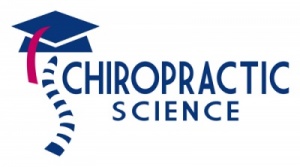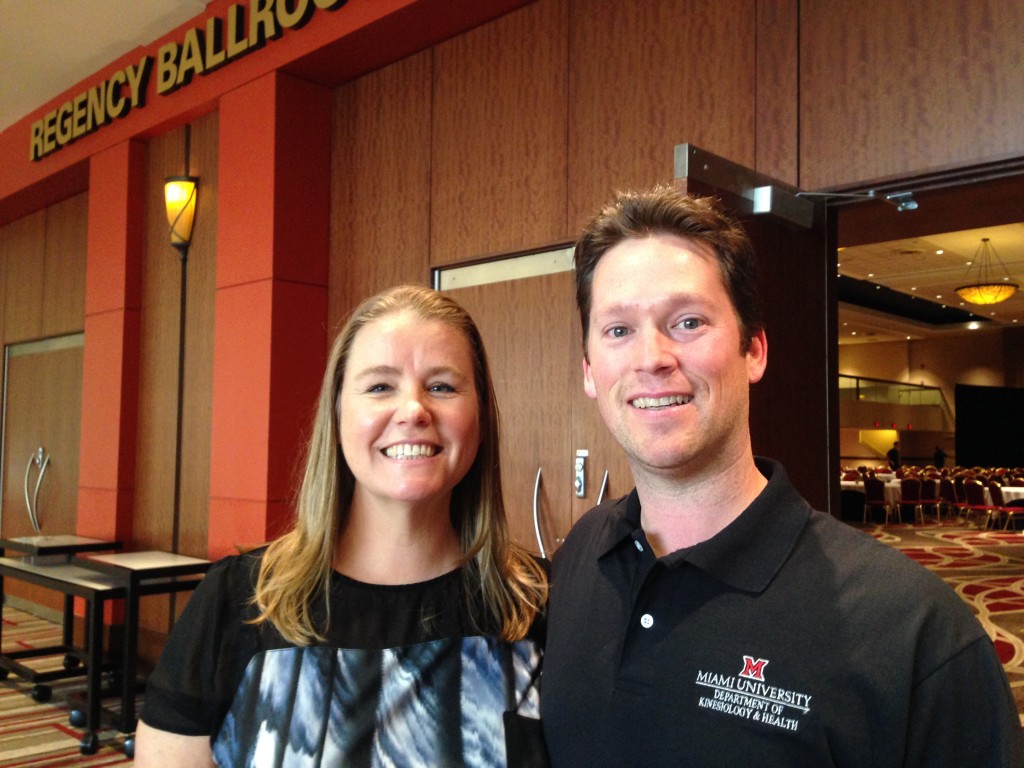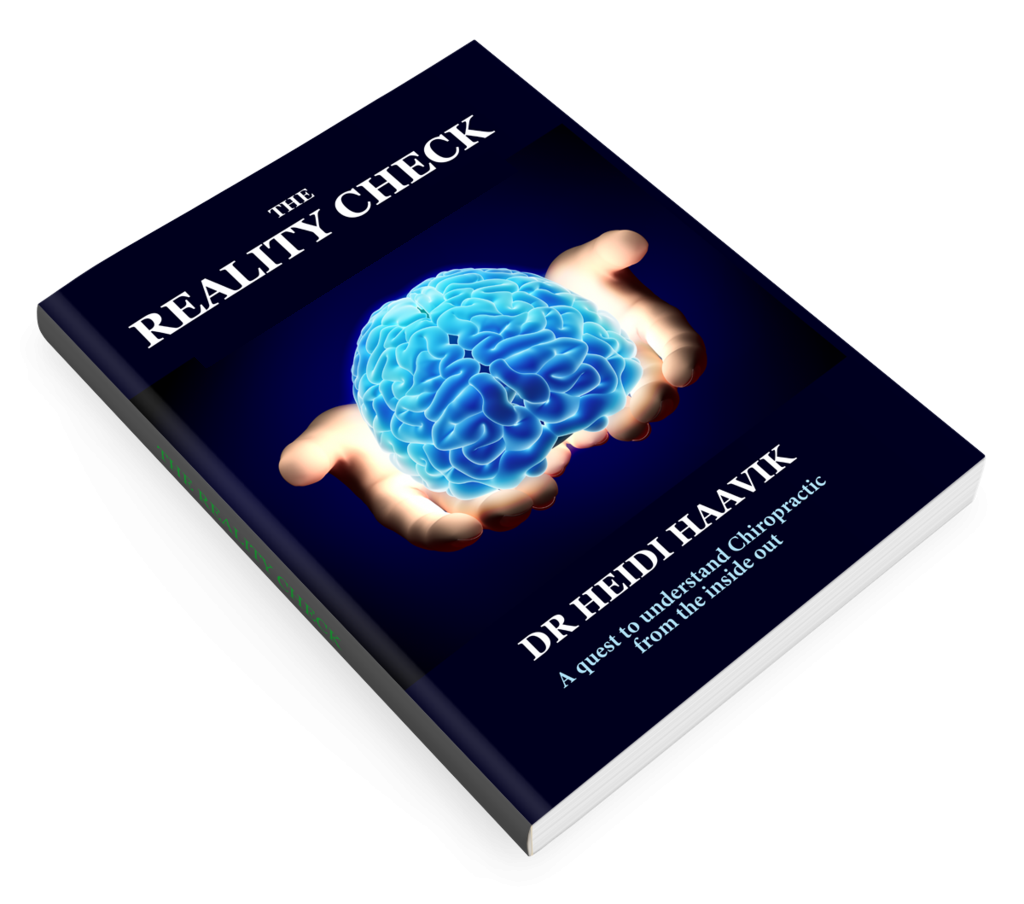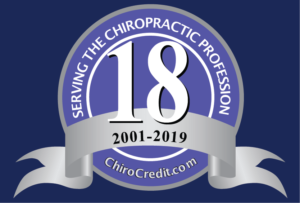 Dr. Craig Moore discusses the role of chiropractors in the management of headaches. Some areas of discussion we touch upon include the societal impact and costs associated with headaches; prevalence of headaches in the community; prevalence of headache in chiropractic clinical settings; why do people turn to chiropractors; current level of evidence for chiropractic treatment of different headache types; what do the headache guidelines recommend for each headache; what should a chiropractor consider when examining a headache patient (history and examination).
Dr. Craig Moore discusses the role of chiropractors in the management of headaches. Some areas of discussion we touch upon include the societal impact and costs associated with headaches; prevalence of headaches in the community; prevalence of headache in chiropractic clinical settings; why do people turn to chiropractors; current level of evidence for chiropractic treatment of different headache types; what do the headache guidelines recommend for each headache; what should a chiropractor consider when examining a headache patient (history and examination).
Dr. Craig Moore is the director of a multi-disciplinary allied-health clinic in Crows Nest, Sydney. His clinic focus is toward the diagnosis and management of musculoskeletal disorders and in headache disorders in particular (migraine, tension-type headache, cervicogenic headache).
Dr. Moore has completed a Masters of Clinical Trials Research and is currently enrolled at the University of Technology Sydney, doing a PhD in Public Health – focused on the chiropractic management of headache disorders. As a founding member of the Australian Chiropractic Research Network (ACORN) he has a strong interest in supporting the development of chiropractic research through the utilization of this practice-based research network project. He has numerous publications in the scientific literature in such journals as Spine, BMC Neurology, JMPT, BMC Musculoskeletal Disorders and Headache to name a few. Dr. Moore is also a CARL Fellow!
See Dr. Moore’s research at researchgate.net.
Here are the articles we mentioned during the podcast:
| 1. | The treatment of migraine patients within chiropractic: analysis of a nationally representative survey of 1869 chiropractors. |
| Moore C, Adams J, Leaver A, Lauche R, Sibbritt D. | |
| BMC Complement Altern Med. 2017 Dec 4;17(1):519. doi: 10.1186/s12906-017-2026-3. | |
| PMID: 29202816 [PubMed – indexed for MEDLINE] Free PMC Article | |
| Similar articles |
| 2. | A cross-sectional examination of the profile of chiropractors recruited to the Australian Chiropractic Research Network (ACORN): a sustainable resource for future chiropractic research. |
| Adams J, Peng W, Steel A, Lauche R, Moore C, Amorin-Woods L, Sibbritt D. | |
| BMJ Open. 2017 Sep 29;7(9):e015830. doi: 10.1136/bmjopen-2017-015830. | |
| PMID: 28965091 [PubMed – in process] Free PMC Article | |
| Similar articles |
| 3. | The Prevalence, Patterns, and Predictors of Chiropractic Use Among US Adults: Results From the 2012 National Health Interview Survey. |
| Adams J, Peng W, Cramer H, Sundberg T, Moore C, Amorin-Woods L, Sibbritt D, Lauche R. | |
| Spine (Phila Pa 1976). 2017 Dec 1;42(23):1810-1816. doi: 10.1097/BRS.0000000000002218. | |
| PMID: 28459779 [PubMed – in process] | |
| Similar articles |
| 4. | A critical review of manual therapy use for headache disorders: prevalence, profiles, motivations, communication and self-reported effectiveness. |
| Moore CS, Sibbritt DW, Adams J. | |
| BMC Neurol. 2017 Mar 24;17(1):61. doi: 10.1186/s12883-017-0835-0. Review. | |
| PMID: 28340566 [PubMed – indexed for MEDLINE] Free PMC Article | |
| Similar articles |
| 5. | A workforce survey of Australian chiropractic: the profile and practice features of a nationally representative sample of 2,005 chiropractors. |
| Adams J, Lauche R, Peng W, Steel A, Moore C, Amorin-Woods LG, Sibbritt D. | |
| BMC Complement Altern Med. 2017 Jan 5;17(1):14. doi: 10.1186/s12906-016-1542-x. | |
| PMID: 28056964 [PubMed – indexed for MEDLINE] Free PMC Article | |
| Similar articles |





